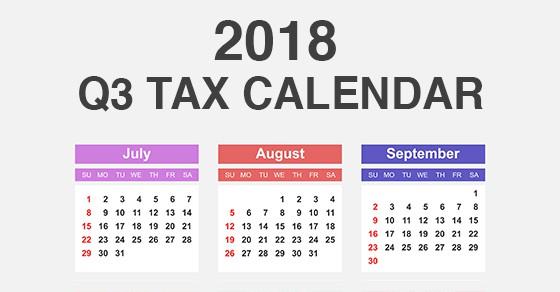An irrevocable trust has long been a key component of many estate plans. But what if it no longer serves your purposes? Is it too late to change it? Depending on applicable state law, you may have options to fix a “broken” trust.
How trusts break
There are several reasons a trust can break, including:
Changing circumstances. A trust that works just fine when it’s established may no longer achieve its original goals if your family circumstances change.
New tax laws. Many trusts were created when gift, estate and generation-skipping transfer (GST) tax exemption amounts were relatively low. Today, however, the exemptions have risen to $11.18 million, so trusts designed to minimize gift, estate and GST taxes may no longer be necessary. And with transfer taxes out of the picture, the higher income taxes often associated with these trusts — previously overshadowed by transfer tax concerns — become a more important factor.
Mistakes. Potential errors include naming the wrong beneficiary, omitting a critical clause from the trust document, including a clause that’s inconsistent with your intent, and failing to allocate your GST tax exemption properly.
How to fix them
If you have one or more trusts in need of repair, you may have several tools at your disposal, depending on applicable law in the state where you live and, if different, in the state where the trust is located. Potential tools include:
Reformation. The Uniform Trust Code (UTC), adopted in more than half the states, provides several tools for fixing broken trusts. Non-UTC states may provide similar options. Reformation allows you to ask a court to rewrite a trust’s terms to conform with the grantor’s intent. This tool is available if the trust’s original terms were based on a legal or factual mistake.
Modification. This tool may be available, also through court proceedings, if unanticipated circumstances require changes in order to achieve the trust’s purposes. Some states permit modification — even if it’s inconsistent with the trust’s purposes — with the consent of the grantor and all the beneficiaries.
Relocation. In some cases, it may be possible to fix a broken trust by changing its situs — that is, by moving it to a jurisdiction whose laws are more favorable. The UTC may allow a trustee to relocate a trust to an appropriate jurisdiction if doing so would be in the beneficiaries’ best interests.
The rules regarding modification of irrevocable trusts are complex and vary dramatically from state to state. And there are risks associated with revising or moving a trust, including uncertainty over how the IRS will view the changes. Before you make any changes, consult with us to discuss the potential benefits and risks.
© 2018












